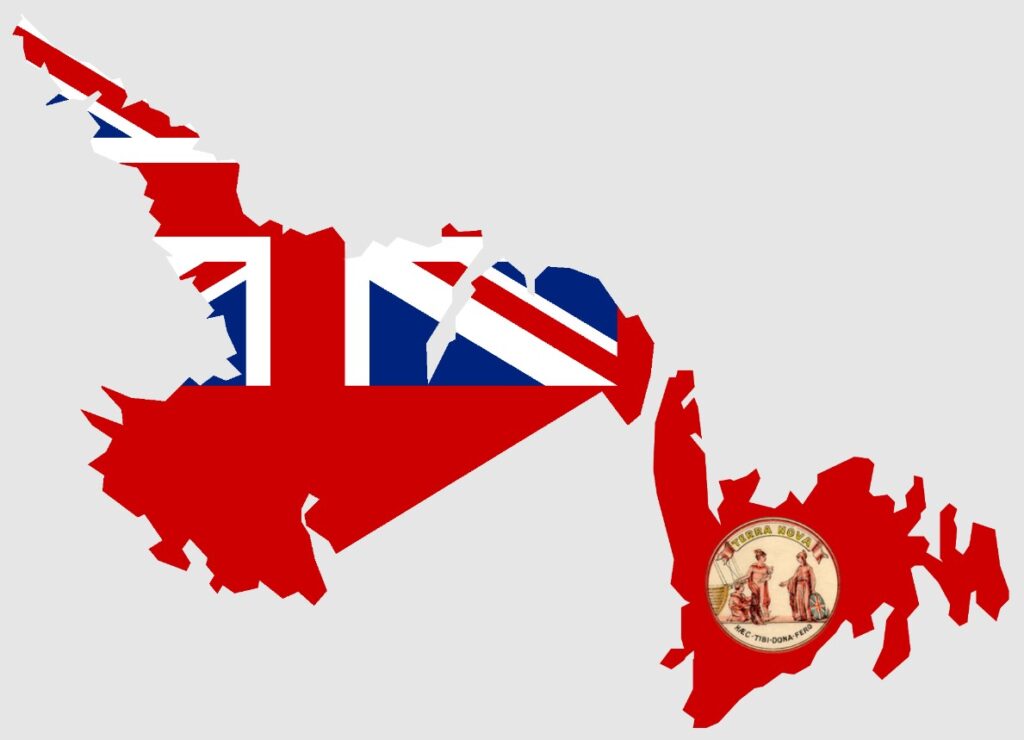
Newfoundland and Labrador is a province on the far east of Canada. The island, was named by late 15th-century explorers as the New Found Land.
It has an area of 405,000 sq/km and a population just over half a million and is often called the “seabird capital of North America”. Being on the ocean, Newfoundland has extensive access to marine wildlife with whale watching (from boats or the shore) all year round. The peak of this is July and August (when we were there).
The water off Newfoundland is the perfect place to spot humpback whales, which can grow to almost 16 meters long. Along with the humpbacks there are 22 species of whales that visit Newfoundland at some point during the year. Travel websites consistently rate it as one of the world’s friendliest places.
St. John’s
Our entry was into the capital, largest city of the region and one of the oldest cities in North America St Johns. It sits on the eastern tip of the Avalon Peninsula on the island of Newfoundland and is most easterly city in North America.
The city is located on a man made harbour protected on one side by Signal Hill and on the other side of the narrows Fort Amherst (a lighthouse with the remains of gun emplacements built during World War II to defend against German U-boats).





The town/city has been inhabited since 1497 with a permanent settlement for most of the 16th century. A city of São João in this location was placed on a Portuguese map from 1519.
Our entry saw us wandering along the esplanade to the Newman Wine Vaults the region’s only publicly accessible historic wine cellar. A really great historical tour through the cellars for very little money.






One of the best reasons to visit Newfoundland is to get up close to the giant icebergs that float down from the Arctic Circle each year. Even from far away, their sheer size is unbelievable. As we had just come from the Greenland fjords and Prince Christian Sound we had pretty much had our fill of icebergs over the preceding days.
Our first view of the city saw us staring at what we thought was a Cathedral, but on closer inspection, turned out to be the Supreme Court Building.
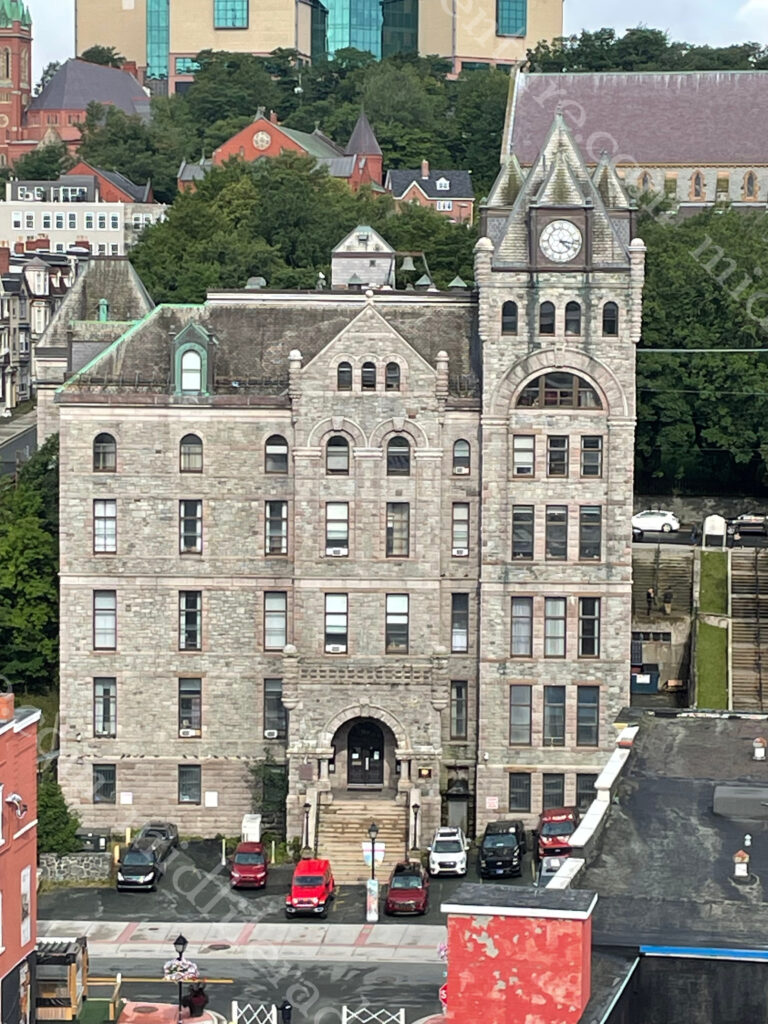
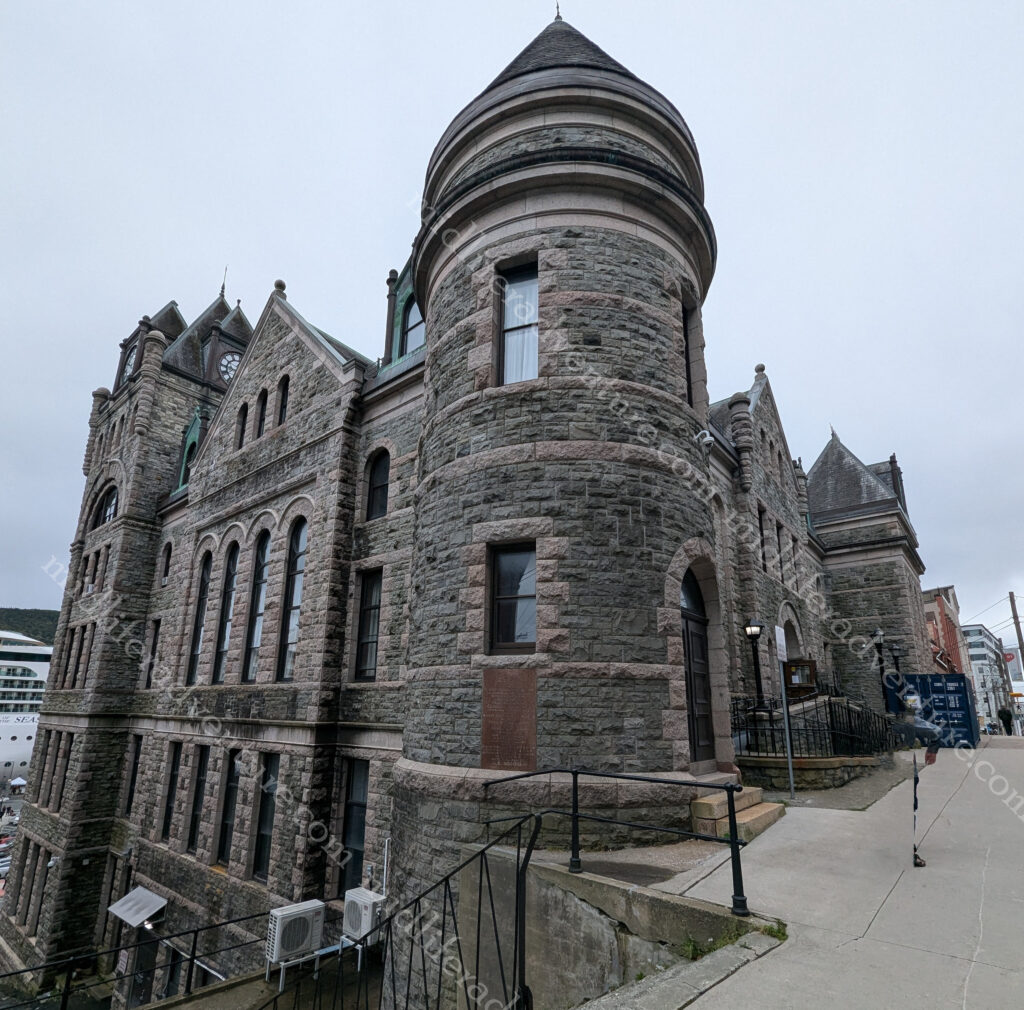
The St. John’s Court House is located on Water Street and Duckworth Street.
Constructed in 1901–04, the building is a National Historic Site of Canada.
The Basilica-Cathedral of St. John the Baptist is the Cathedral of the Roman Catholic church.
Construction started through excavation in 1839, laying of the cornerstone in 1841, until completion and consecration in 1855.
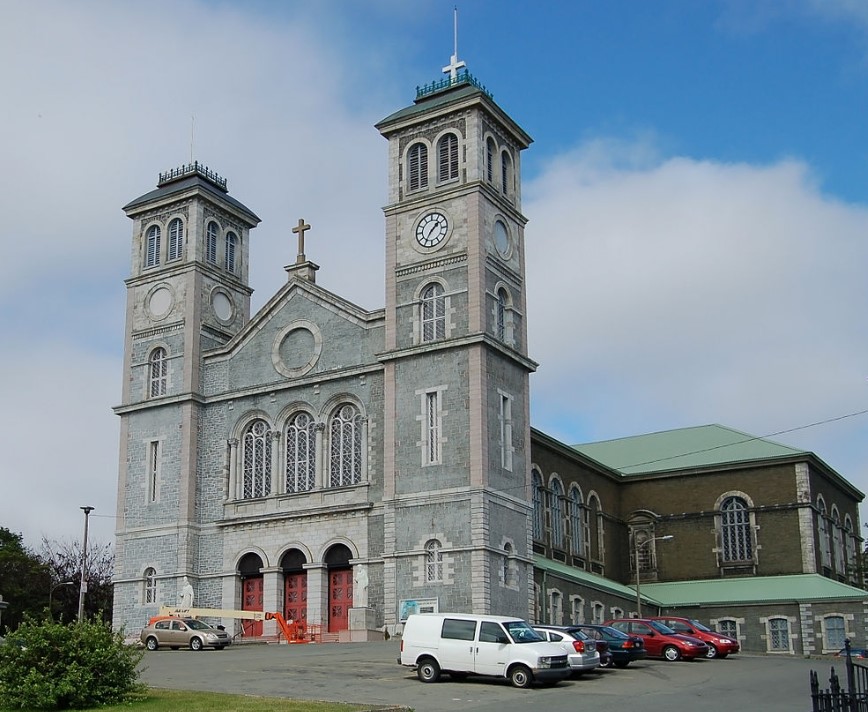
For such a cold and chilly location, St Johns has a real bent towards outdoor eating and drinking. All along the main (water) street there were tables and decks taking over the roadway for alfresco dining.









As seems to be the way every time we visit Canada, there is an abundance of homelessness and begging. This started in Vancouver, but continued here and seems to be commonplace throughout Canada. But here they didn’t even try to claim it was for food, they were overtly asking for money for weed and alcohol.
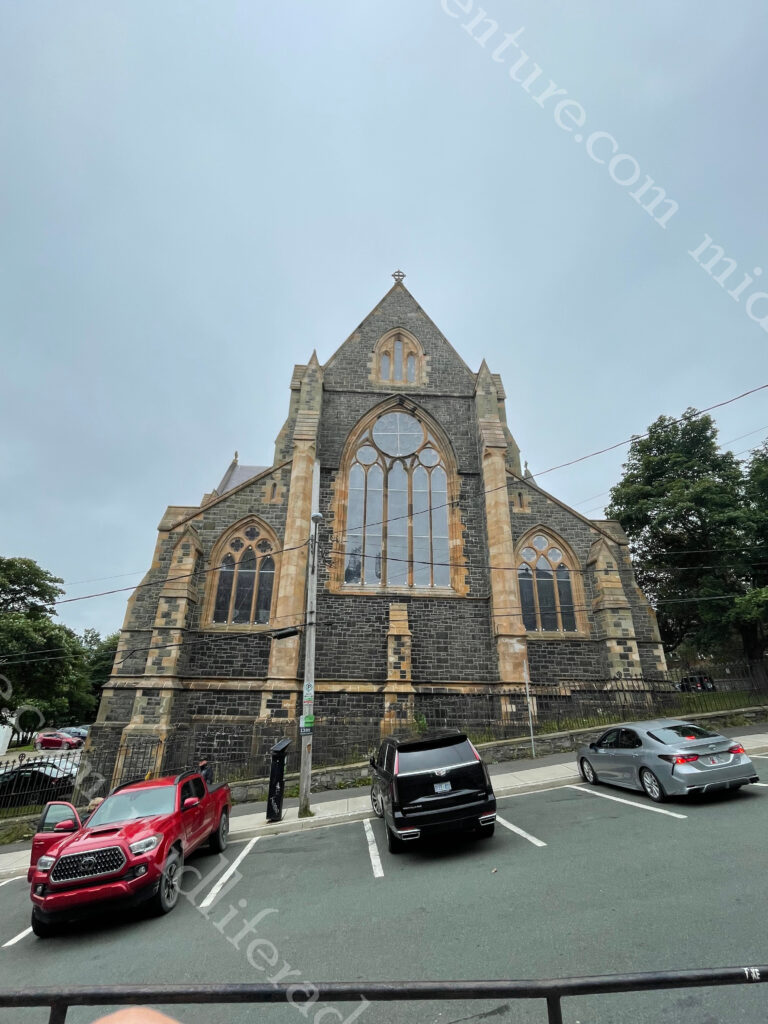
The Cathedral of St. John the Baptist is the Anglican cathedral located in the city of St. John’s.
The Anglican parish was founded in 1699.
The Confederation building is a historic government building that was the home of the colonial and later provincial Newfoundland governments, and the House of Assembly.
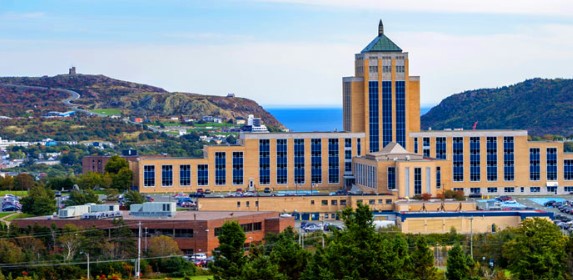
The war memorial was simple but really well executed and a pleasant place to stop and reflect, while you walked your way around town.






Newfoundlanders are a very warm bunch and before long, we found ourselves chatting away to some locals and getting a sense of the colourful row houses that abound. According to legend local sailors had trouble distinguishing their houses in times of fog (alcoholic or literal) so they elected to paint their homes in bright colours to make them more visible.



Getting screeched in
To become an honorary Newfoundlander one must get screeched in. This involves a tradition (borne out of the bars on George Street) who will happily do it for a fee. To get screeched in, one must listen to the barkeep’s spiel, in response to the question “Is ye an honorary Newfoundlander?” recite the phrase (“Deed I is me ol’ cock, and long may your big jib draw!”), drink a shot of screech (a type of cheap rum), kiss a cod on the mouth (Jill’s one was named Seamus), and chase it down with a small slab of bologna.







The term Screech used to be used for any type of moonshine, but is now marketed as rum, consumed with great pride by locals, and honorary locals alike. It allegedly got its name due to the sound you make after consuming it (back when the alcohol content was not controlled and was highly variable).
This is something that Jill did and as an honorary local was then obliged to settle in and have a few more drinks with the locals. Our ship was due to depart at 4:30 pm but rumours abounded that due to weather we would stay overnight and not leave until the next morning. So we headed back to the ship, confirmed the extension of our time in port, dressed more warmly, and headed out again to hang with Jill’s newly adopted people.
We found a few more places to visit and I had my first ever moose burger, to go with the musk ox burger I had eaten a few days earlier.









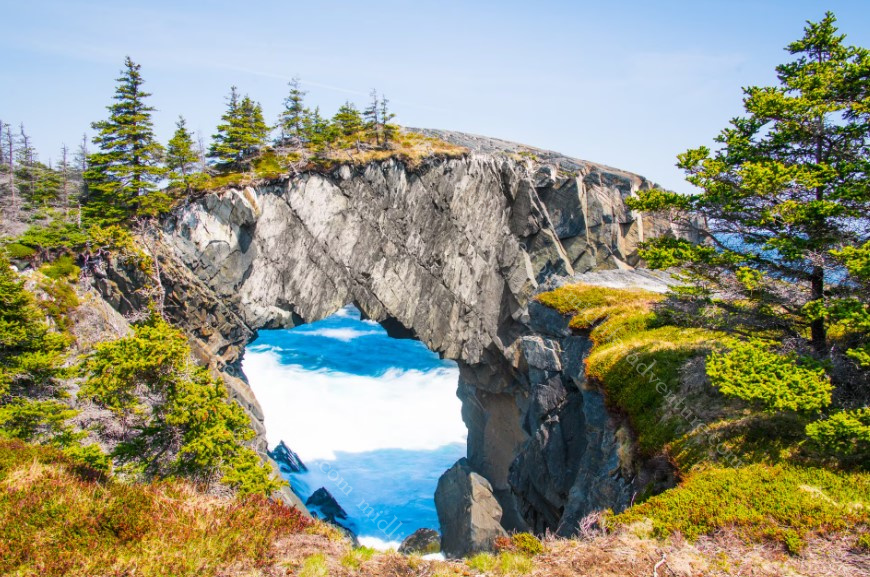
Berry Head Arch is located half way along (12.4 km) in to the east coast trail, a nature walk south of St Johns.
Needless to say we did not do this.
There are more than 8,000 shipwrecks in and around Newfoundland with dozens of them in Conception Bay, near the capital. So if you are into scuba diving and can bear the water temperatures (not me) there is a heap to be seen.
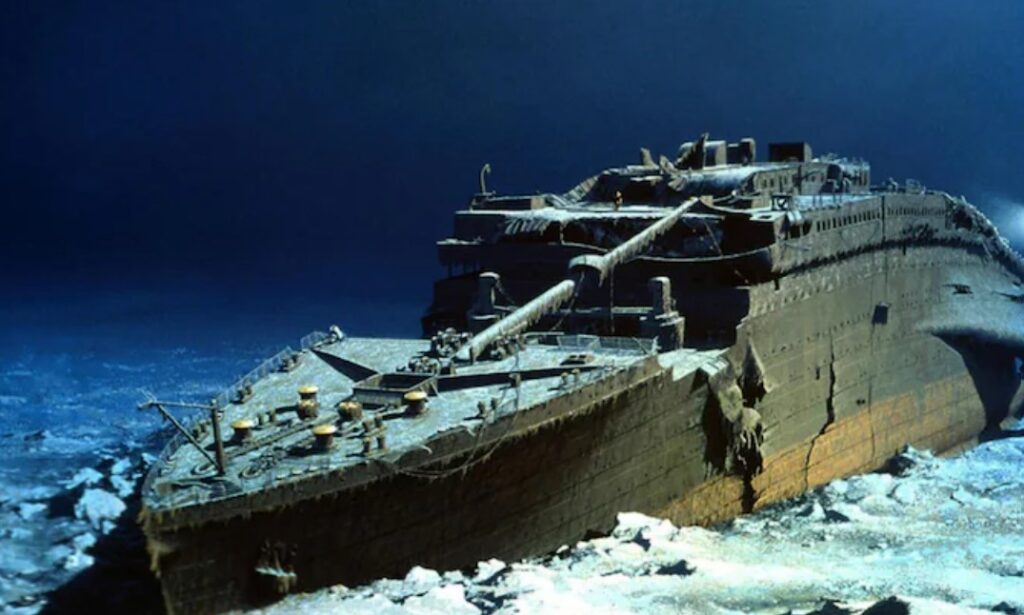
Our journey to Newfoundland took us very close to the final resting place of the Titanic. According to the National Oceanic and Atmospheric Administration the Titanic sank about 400 miles off the coast and the wreckage remains about 350 miles from Newfoundland.
In one of the many exploration and salvage attempts of the Titanic, an Irish team was amazed to report that after all of this time that the swimming pools of the Titanic were still full.